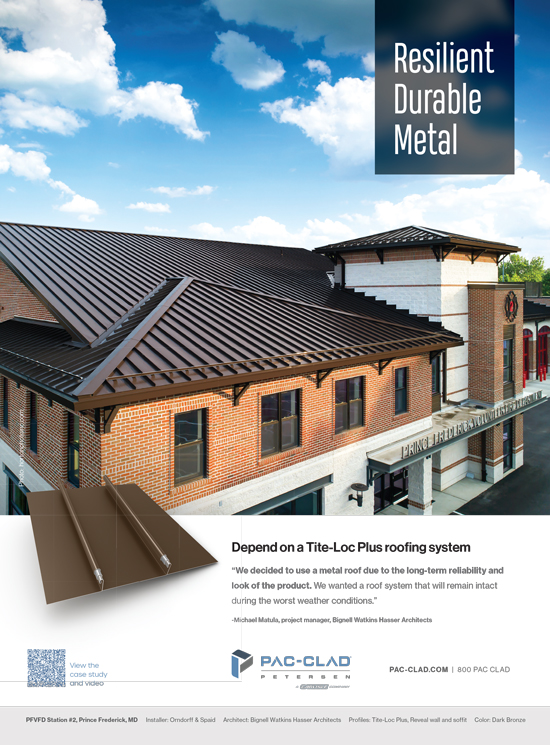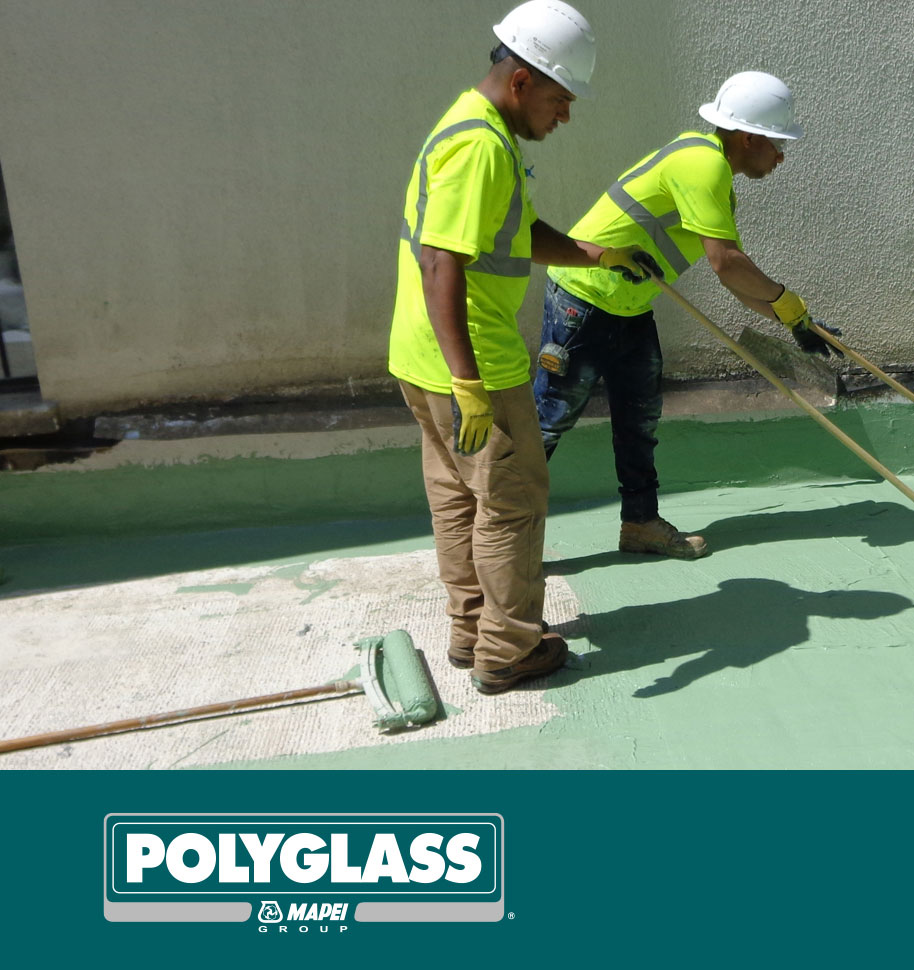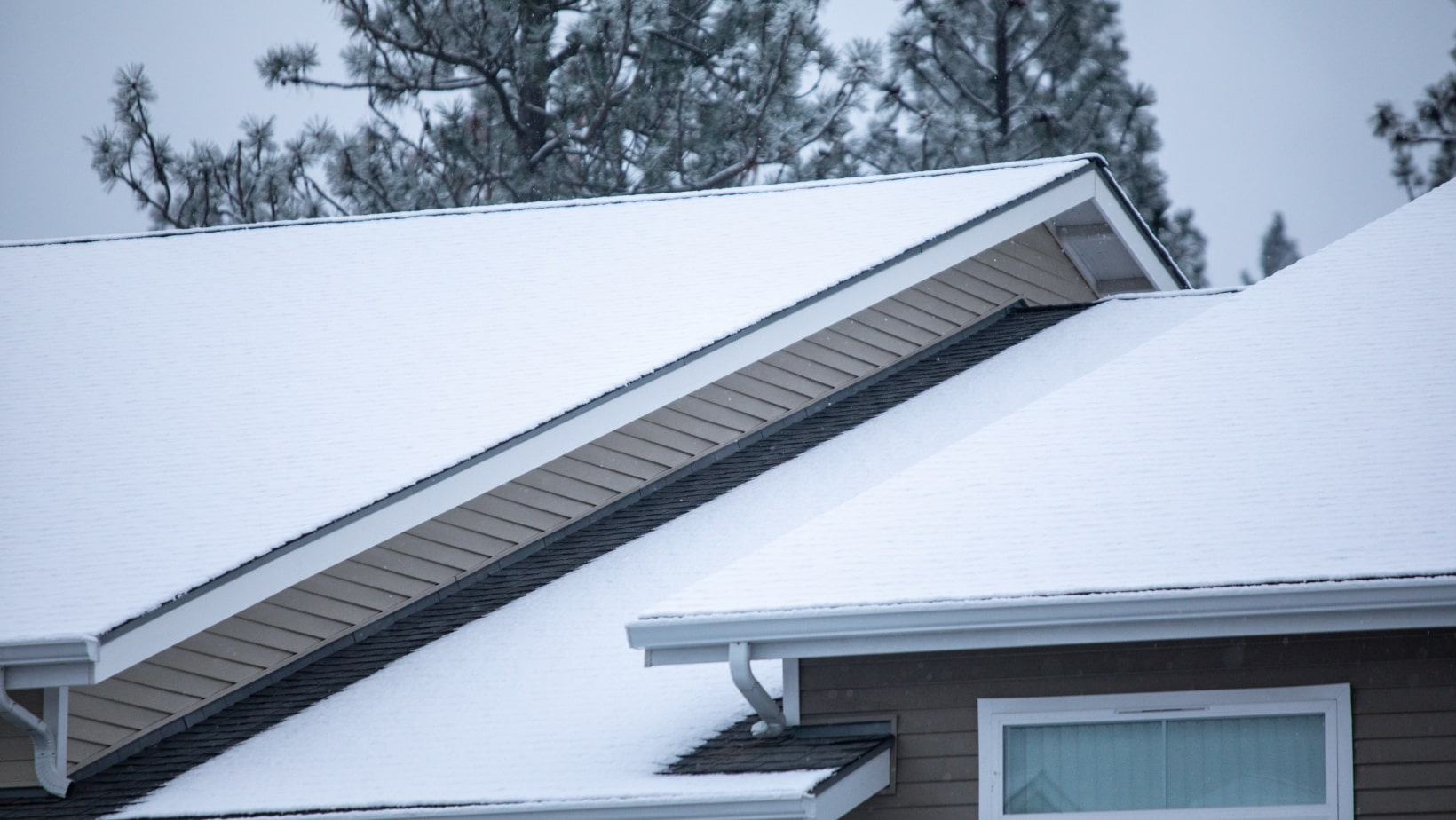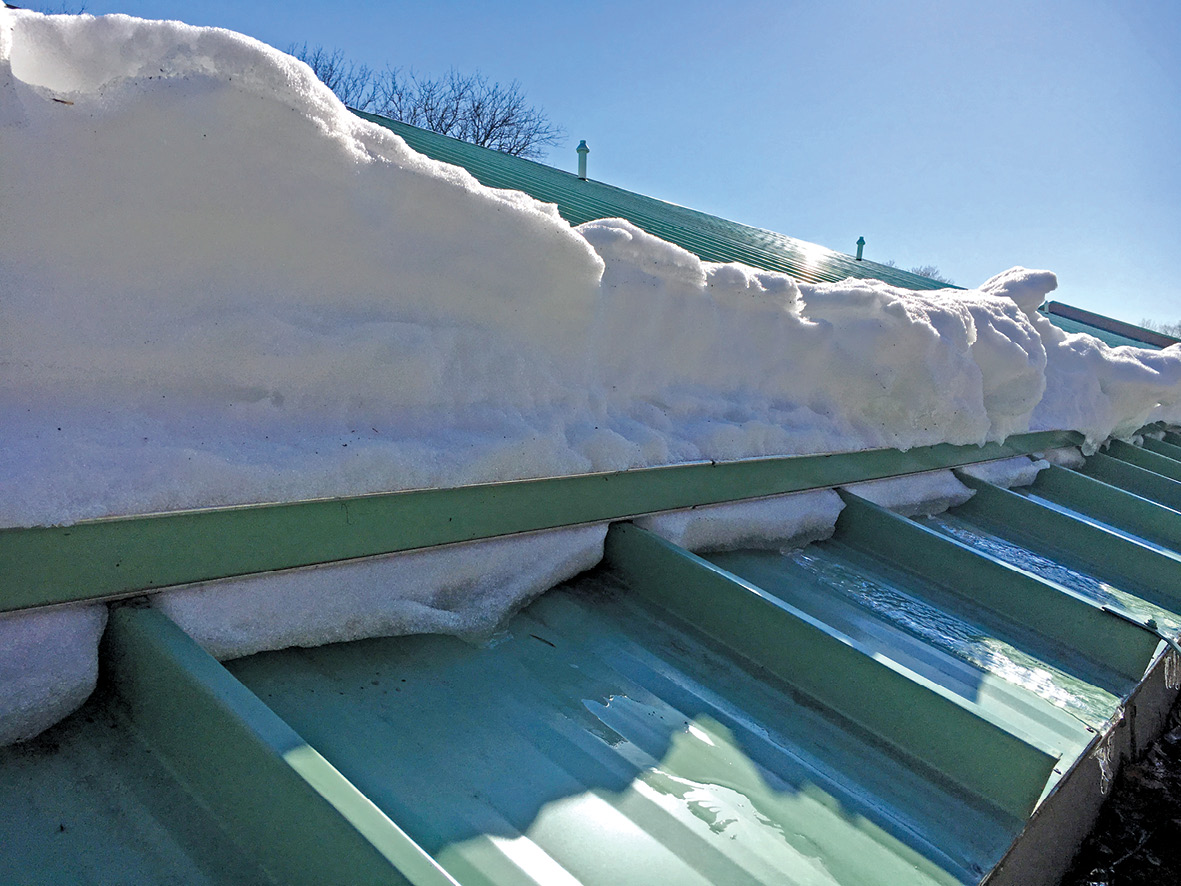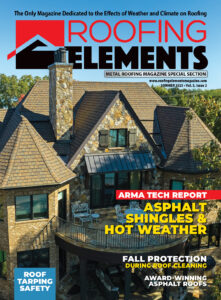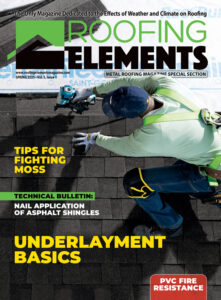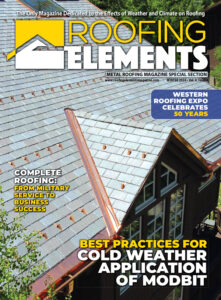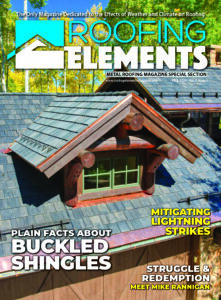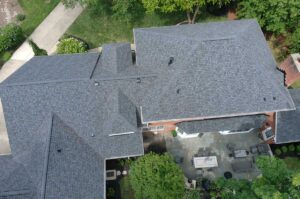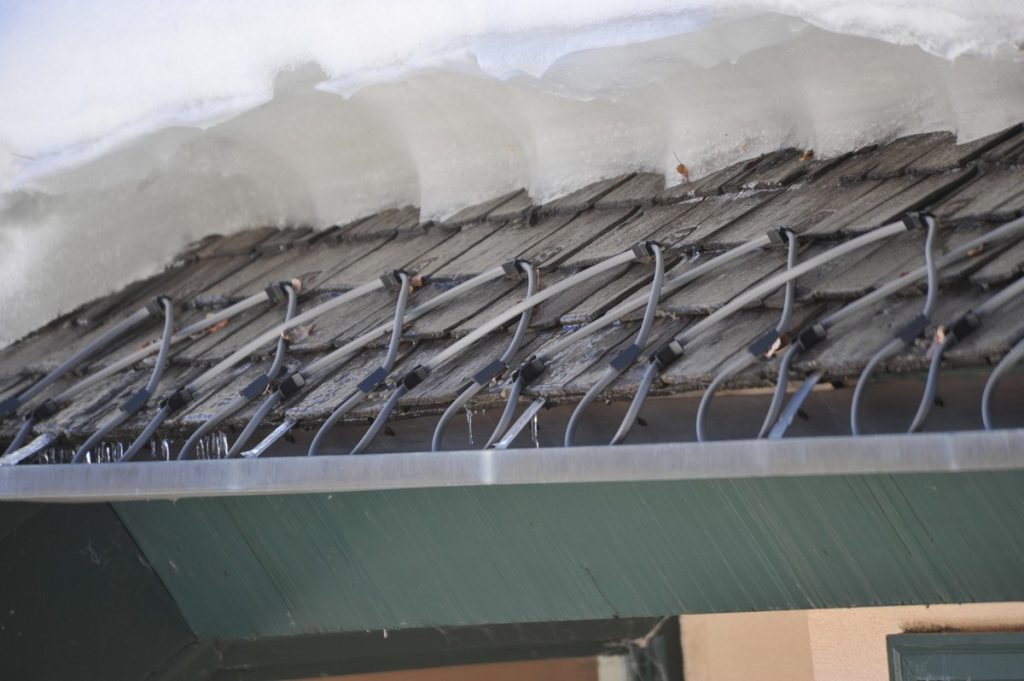
Shingle-type roofs are designed to shed water one way: down. Problems arise when the conditions exist that allow ice to build up and trap water in a reservoir, which then finds its way under shingles and into the building below.
“Most freeze risks are on roof edges and in roof valleys,” says Allison Crosby, Technical Support Manager at FloTrace, which supplies professionals with deicing heat trace cables and accessories for roofs and gutters.
When water from melting snow runs below the snow pack to the roof edge or valleys, and the edges or valley surface temperatures are below freezing, the water re-freezes into ice before it can leave the roof. More ice will continue to grow, as a mass on the roof and as icicles through repeated freeze and thaw cycles, causing an ice dam that will trap even more water on the roof and/or icicles grow as heavy hazardous spears. “Trapped water leads to leaking problems since roofs were never designed to hold water!” cautions Crosby. Trapped water follows the path of least resistance, which means if there is any possible way, it will find its way into a structure and cause costly damage.
Additionally, the snow melt water that flows into gutters and downspouts can re-freeze and build up an enormous amount of heavy expanding ice which disrupts snow melt water flow, causing water to leak into soffits and enter the building. It could even cause the gutters to collapse under the weight. Most rain gutters are not built to hold excessive weight, so there is added potential for significant injury and structure damage.
To prevent the formation of ice in the first place, a heated cable system can be installed on roof edges, in valleys, and in gutters and downspouts. The heating cable is designed to prevent re-freezing and allowing snowmelt water to exit off roofs, gutters and downspouts. These systems can be installed on new and existing roofs made from standard roofing materials, including shake, shingle, rubber, tar, wood, metal, and synthetic.
To use the least amount of energy while still being effective, as ambient temperatures get warmer, self-regulating heating cables reduce their power output to the lowest possible point. It’s designed to continue to provide protection against ice formation as it decreases energy consumption.
The system installation and requirements vary, depending on the conditions and the roof materials, but the result is the same: Water isn’t given the chance to re-freeze on the roof or in the gutters. (Remember: Gutters and downspouts need to be large enough to handle all the water runoff.)
One can’t ignore what goes on above the edges and valleys. In heavy snowfall areas, a lot of snow can build up on a roof in a short amount of time. “As a general rule,” Crosby advises, “it is always a good precaution to install snow fence on pitches 8:12 or higher to avoid snowpack/ice avalanches. We use the term ‘avalanches’ when talking about shingled roofs because shingled roofs have the tendency to hold snowpack until gravity wants to take over and snowpack is released in a thundering slide.”
Icicles will develop on most unheated roof edges. A heated metal panel system heats a roof edge (and/or valleys) on a continuous basis, which assists with ice and snow management. It’s another tool to be used to prevent damage caused by ice dams and icicles.
This article is from the Winter 2023 Edition
Click above to read the entire issue. Other articles from that edition on our website are linked-to below.
Read a technical article about ice dams from the ARMA. Click here.
Read an article about ice dams from Air Vent here.

